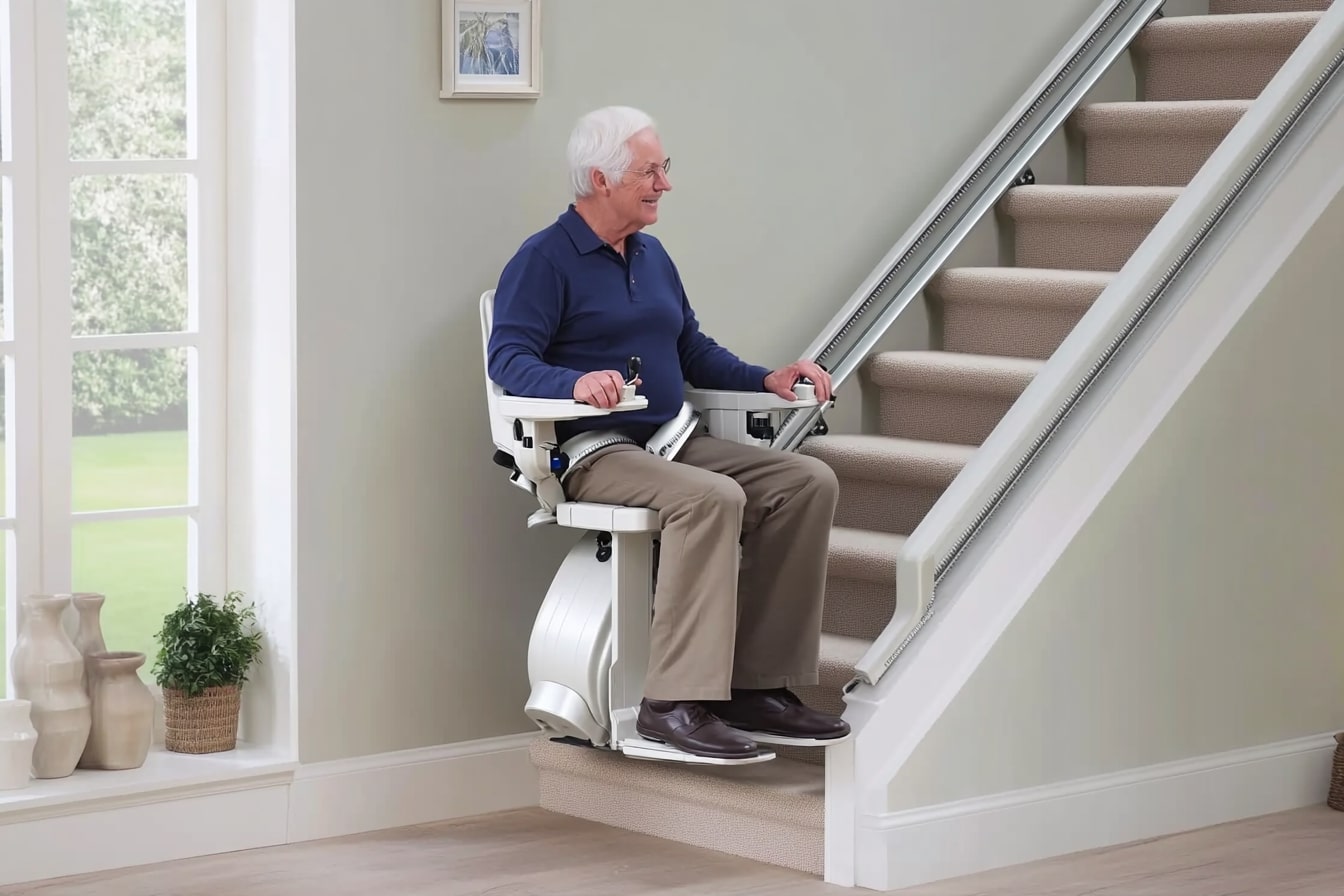Assessing Home Mobility Needs Before Adding Bath Seating
Assessing whether to add a bathroom seat involves more than choosing a style: it requires a clear look at mobility changes, existing bathroom layout, and personal care needs. This brief overview highlights key factors to consider so decisions about seating, stability, and caregiver support reflect practical needs and preserve dignity.

Deciding to add a bathroom seat should begin with a careful assessment of how mobility has changed and what daily bathroom tasks are most affected. Consider how steady a person is when entering and exiting the shower, whether transfers from standing to sitting are safe, and whether existing grab bars, thresholds, or slippery surfaces create hazards. Thinking through these details helps match a seat type—shower chair, transfer bench, or built-in bench—to real needs rather than convenience. This approach supports safer bathing routines and reduces the likelihood of falls.
This article is for informational purposes only and should not be considered medical advice. Please consult a qualified healthcare professional for personalized guidance and treatment.
Mobility: What changes should you assess?
Begin by documenting limitations in range of motion, balance, and endurance. Can the person step over a tub wall, pivot without assistance, or stand for several minutes? Observe if walking aids are used and whether they can be brought into the bathroom comfortably. These mobility observations guide whether a stationary shower chair suffices or whether a transfer bench, raised seat, or swivel option is needed. Include consultation with physical or occupational therapists when possible; they can provide targeted mobility assessments and recommend seat heights and support features based on functional testing.
Safety: How to identify bathroom hazards?
Survey flooring for wet areas, thresholds, and clutter that increase slip risk. Check lighting levels, especially around entry points, and ensure switches are reachable. Look for missing or improperly installed grab bars near the shower, tub, and toilet. Try simple transfer motions to identify where assistance or equipment is needed. Prioritize non-slip mats, secure grab bars anchored into studs, and seats with non-skid feet or suction features. A seat that improves safety should reduce the need for risky maneuvers and offer secure support during sitting, standing, and turning.
Accessibility: Shower, chair, and bench options
Consider the practical pros and cons of shower chairs versus benches or built-in seating. Shower chairs are portable and fit in most enclosures; benches and transfer benches provide larger surfaces and can ease transfers for those who cannot step over tub walls. Roll-in benches are suitable for wheelchair users and larger enclosures. Measure doorway widths, shower dimensions, and the clearance needed for caregivers to assist. Accessibility also includes reach zones for soap, shampoo, and controls—placing these within easy reach reduces awkward movements that can compromise safety.
Ergonomics and stability: Comfort and support
Ergonomics influence how long a person can sit comfortably and how well their posture is supported. Seat height, depth, and backrest angle matter for people with limited hip mobility or back pain. Stability features—wide bases, anti-slip feet, and secure locking mechanisms—prevent tipping during transfers. Padded seats add comfort but should be water-resistant and quick-drying to avoid mold. Consider weight capacity ratings and ensure the chosen seat supports the user’s body safely. Ergonomic design reduces fatigue, improves bathing independence, and can lessen caregiver strain during transfers.
Installation and adjustability considerations
Evaluate whether professional installation is needed—especially for wall-mounted benches or grab bars that require stud anchoring. Adjustable-height chairs and benches let a seat be tuned to a user’s current needs and adapted over time as mobility changes. Check for tool-free assembly, corrosion-resistant materials, and compatibility with existing fixtures. Removable components can aid cleaning but should lock securely in place when in use. Plan for small installation changes like lowering a shower head or adding handheld sprayers to accommodate seated bathing comfortably.
Maintenance, caregiving, and dignity during aging
Maintenance needs affect long-term usability: choose materials resistant to rust and mildew, and follow cleaning recommendations to preserve grip surfaces and padding. Caregiving considerations include how a seat supports caregiver-assisted transfers and whether it allows caregivers to maintain safe posture while helping. Respect for dignity is paramount—opt for seating that maximizes privacy and independence, and involve the person in selection decisions when possible. Regularly reassess whether the seat still meets mobility and comfort needs as aging or health conditions evolve.
Conclusion
A thoughtful assessment of mobility, safety, accessibility, and ergonomics helps ensure that adding bathroom seating genuinely enhances independence and reduces risk. Matching the right type of seat to functional limitations, planning for proper installation and maintenance, and considering caregiver needs all contribute to safer, more comfortable bathing. Periodic reassessment and professional input—when available—support ongoing suitability as needs change.





